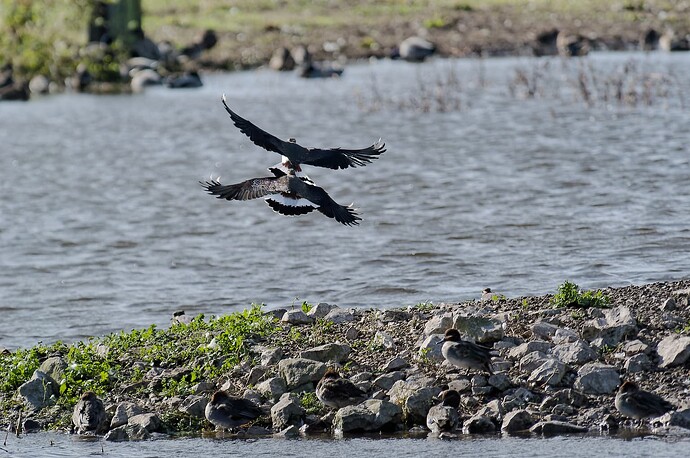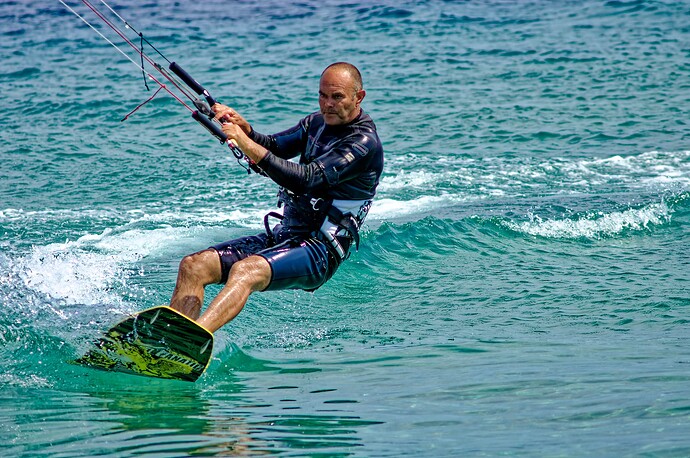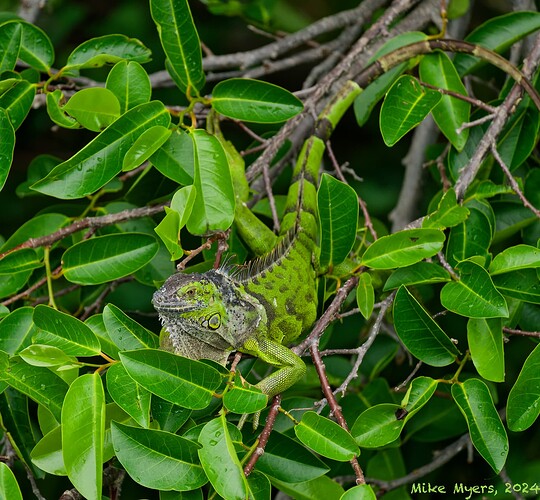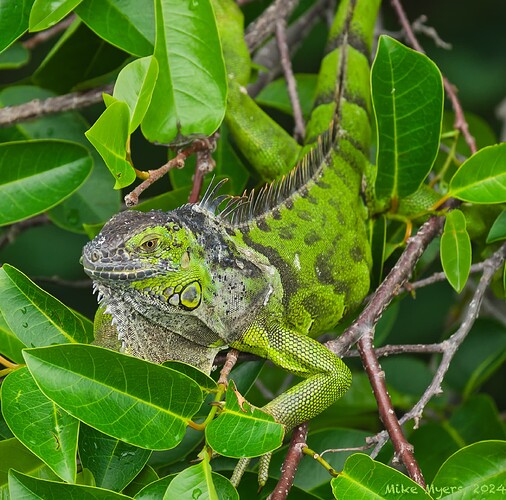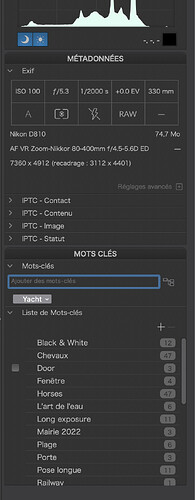@Wolfgang and others, please watch this video:
Judging by what he shows, and does, and his equipment, I think he is a very experienced bird photographer. He also shows a series of photos, one after another, that he captured. I huge number of them were what you would call pixelated and worthless, yet here he is taking those images. One example is 1:11 minutes into the video.
My advice here in the forum is to not bother to take these images, no matter how appealing they look, because they will be pixelated. Me? I would take them anyway, knowing ahead of time they are too far away, and I don’t have a lens long enough to zoom in on the birds, no matter how exciting things get.
As I see it, my problem is not taking those images, but it is from posting them here in this forum.
Also, the more I try to follow birds around with my camera/lens, the better I get at doing so. It’s good practice/training.
The only person in this forum that I know has captured bird photographs is @Joanna. Maybe more of you have, maybe not, and if the images are so small in the capture, you’ll never bother to post them here in this forum.
I’m not as capable as this fellow, nor do I have such a long lens, nor do I have enough ability, but if the birds get within my acceptable range (fill at least 1/3 of the image with “bird”, I’ll try anyway.
Please do watch the video as it looks to me just like what I saw most of the time while following birds.
What you call “fooling around” is what I always go through when trying something new, along with “practice makes perfect”. Without what you call “fooling around”, I’ll never improve - at anything. Even riding a bike when I was a kid. Lots of bandages on knees, etc. It’s not a matter of my being taken seriously - I’m a beginner, and it shows. With time and practice and feedback, maybe I’ll improve. But along with all the pixelated crap I capture, I’m starting to also capture images I’d be happy to print and put up on my wall.
As I see it, the best way to learn, is to practice, endlessly, correcting mistakes, or trying to, as I go along.
(This image doesn’t “work” until I enlarge it, for the detail.)
780_3699 | 2024-04-04.nef (26.8 MB)
(And I may never catch up with the rest of you, as everytime I post an image, one of you edits it and improves it - which is great, as if I like the edits here, I’m likely to do things in a similar manner in the future. I’m always learning, and “doing”, and following most of the feedback I get here (but not all). )
Oh, and the cropping in this image was limited by desire to include so much of the iguana. Tighter cropping would allow the detail in the iguana to show up better. Heck, until someone pointed it out, the iguana blended in with the leaves so well, I looked right at it, and didn’t see it. I could finally see it best, through my camera, zoomed in.
This is what I would put up on my wall:
…but next time, I will do the cropping in my camera, not in PhotoLab.
…something else I need to remember.
Thanks, I didn’t know that. Maybe that’s why I can use higher ISO speeds on the D3 (but nothing like the D780).
Time to stop, and make breakfast.
